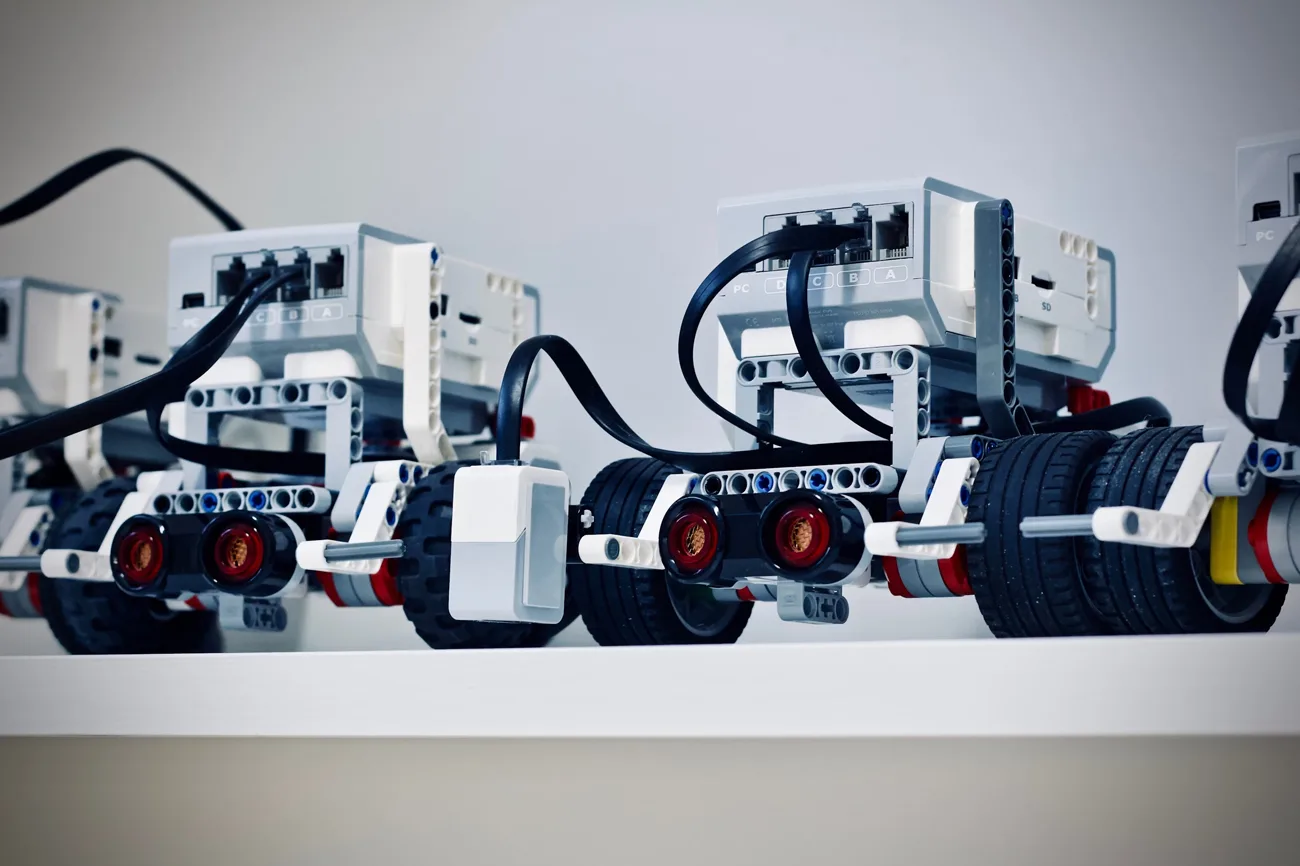Robots are becoming an integral part of modern manufacturing processes in factories worldwide. They can perform repetitive and dangerous tasks with a high level of precision. BlackBerry and AMD are collaborating to enhance the performance of industrial robots.
For perspective, the use of robots is starting to cut across different industries not just in manufacturing. Even casinos are starting to leverage smarter AI chatbots for customer support. It won’t be a shocker to see robots manning online roulette live dealer tables when we play live dealer games in the future. For now, the incorporation of robotics in online casinos mainly applies to live chat customer service. In this article, we will dive into the BlackBetty and AMD’s collaboration and the benefits to expect.
BlackBerry and AMD’s Collaboration
BlackBerry and AMD are working together to improve the performance of robots. This will cut across industrial and healthcare settings. Now, they combining their expertise in software and hardware. The aim is to make robots respond faster and better. This collaboration will increase efficiency, precision, and safety in critical robotic tasks.
QNX, a division of BlackBerry, specializes in developing real-time operating systems. These are for both cars and robots. Their software runs in over 235 million cars. This means QNX has extensive experience in creating reliable and responsive software. AMD produces powerful computer processors. These can handle large amounts of data in a short time span.
Benefits of Reducing Latency
Latency refers to the delay between when you give a command and when the robot responds. By reducing latency, robots can react when and as needed. This leads to several benefits in industrial settings. Lower latency enables robots to work more efficiently. That increases the productivity of the factory.
With faster response times, robots can perform tasks with greater precision. The result is higher quality products. This is especially important in industries that need tight tolerances and consistent results. Moreover, lower latency enhances safety by allowing robots to respond quickly. This prevents potential hazards and protects nearby human workers.
Improving Synchronization and Coordination
Low latency increases speed and precision and improves the synchronization of robotic systems. Robots must coordinate their movements when they work together. With minimal communication delays, the production process can run smoothly.
Faster response times also enable better coordination between robots and human workers. In collaborative robot applications, robots and humans work side by side. Quick reactions are crucial for safety and productivity. The BlackBerry QNX and AMD platforms will provide real-time performance. That will support these advanced robotic applications.
Seamless Integration of Software and Hardware
BlackBerry’s QNX software and AMD’s hardware will work as a team in this new platform. This means the software and hardware will be designed to work well with each other. Robotics companies can use this platform to make new and more innovative products.
BlackBerry and AMD’s platform will provide fast response times. They’ll also provide the reliability required for robots. This is especially important for tasks in manufacturing and healthcare that need precision. Robots used in these industries will work better with this new technology.
Advancing Autonomous Mobile Robots and Surgical Robotics
Two types of robots that will enjoy BlackBerry and AMD’s work are AMRs and surgical robots. AMRs are used in warehouses to move things around on their own. They must safely and efficiently navigate, avoid obstacles, and make real-time decisions.
Surgical robots help doctors perform surgeries with great precision. They must respond instantly to the surgeon’s commands and provide touch feedback.
Driving Innovation in the Robotics Industry
BlackBerry and AMD’s collaboration could change the robotics industry in a big way. Chetan Khona from AMD thinks combining their strengths will lead to new innovations. It will also expand what’s possible with robot technology. BlackBerry and AMD are collaborating to develop advanced robotics systems. This collaboration will speed up the use of advanced robotics in many industries. It will lead to greater productivity, better product quality, and improved worker safety.
Conclusion
BlackBerry and AMD’s partnership is a big step forward in improving industrial robots. Combining their knowledge of software and hardware, they are making a powerful platform. This platform will greatly enhance the performance and abilities of robots. In the end, it will benefit both industries and consumers. This is only a tiny look into how far robotics will change how we work.






